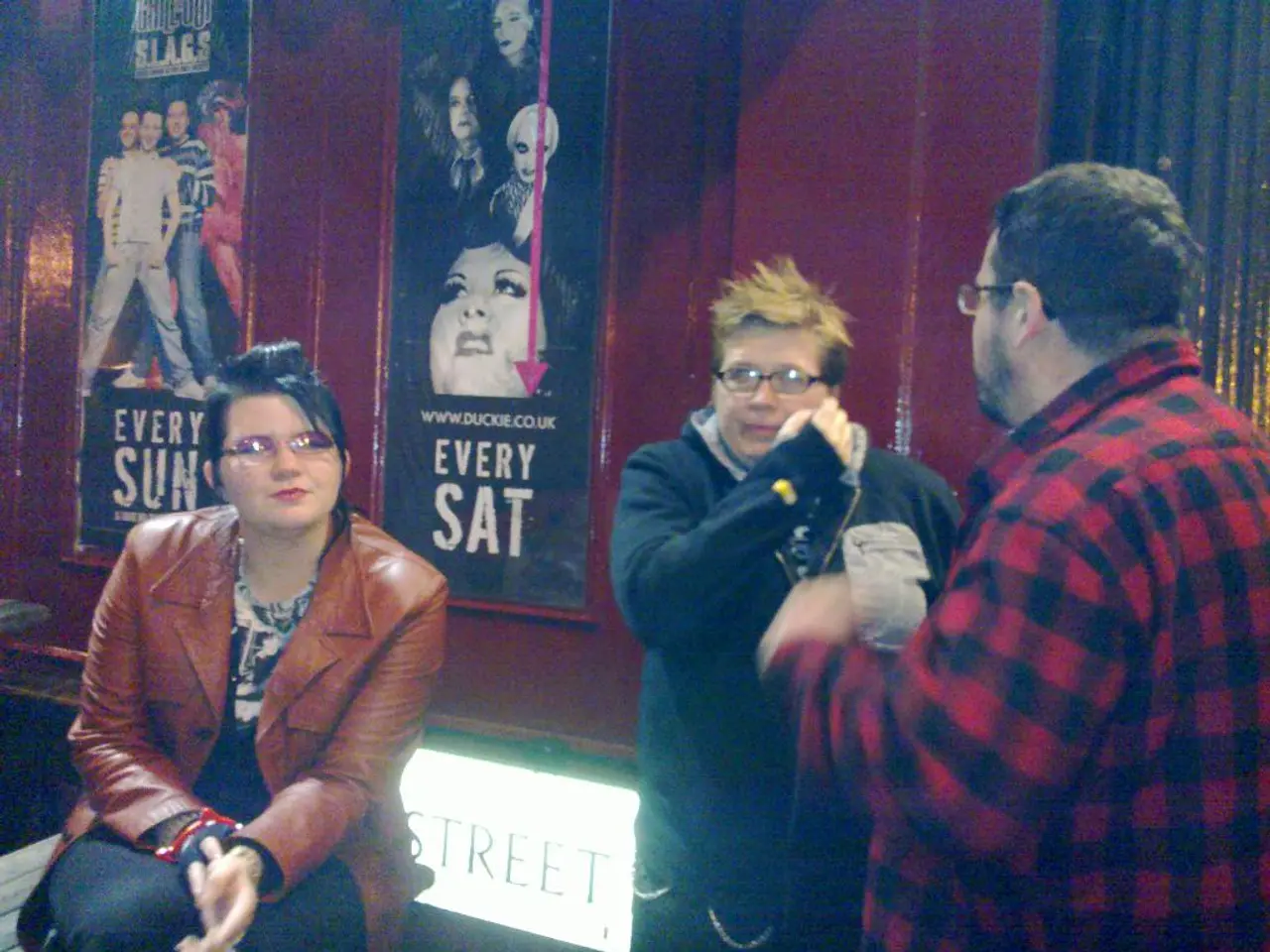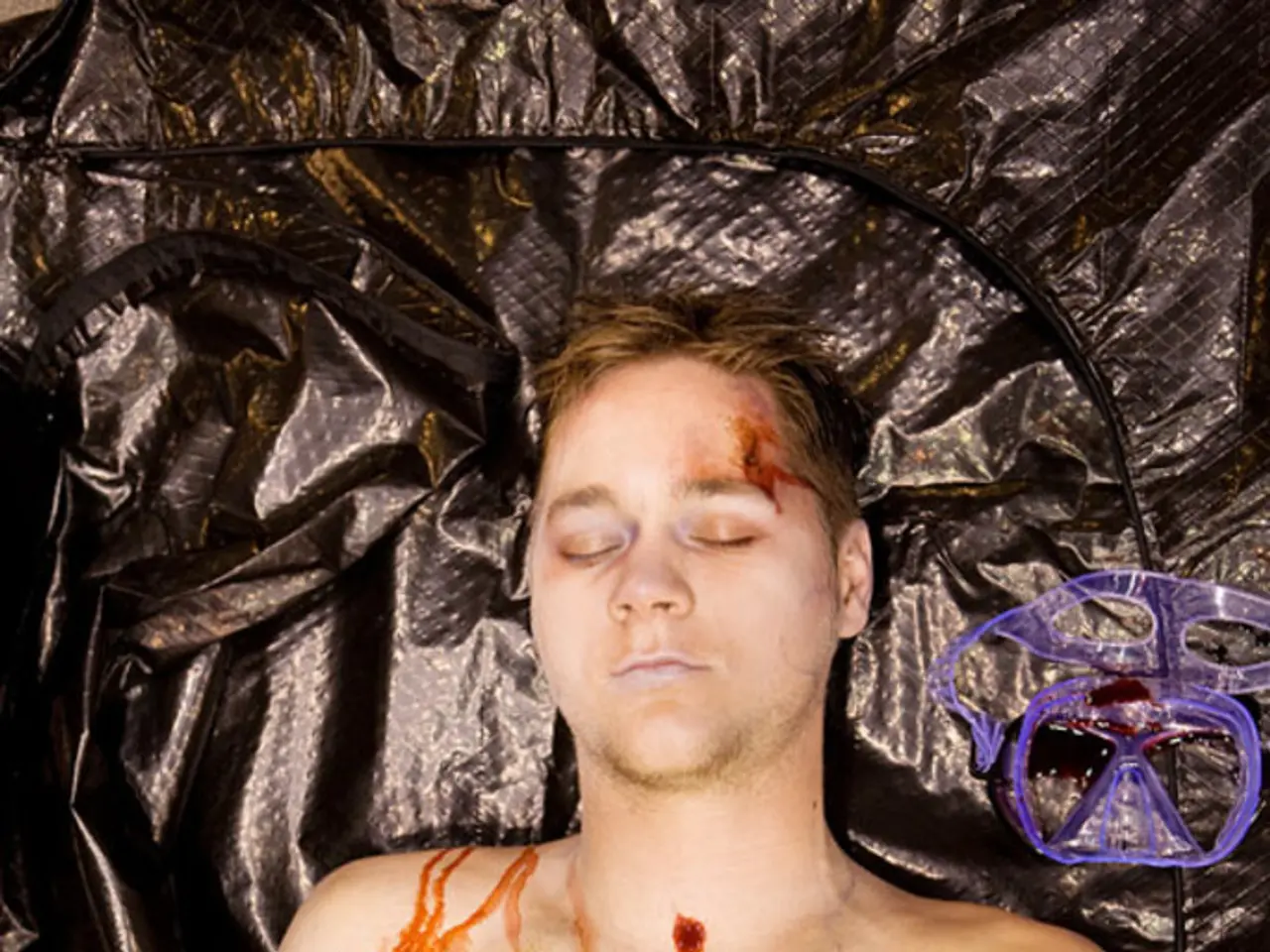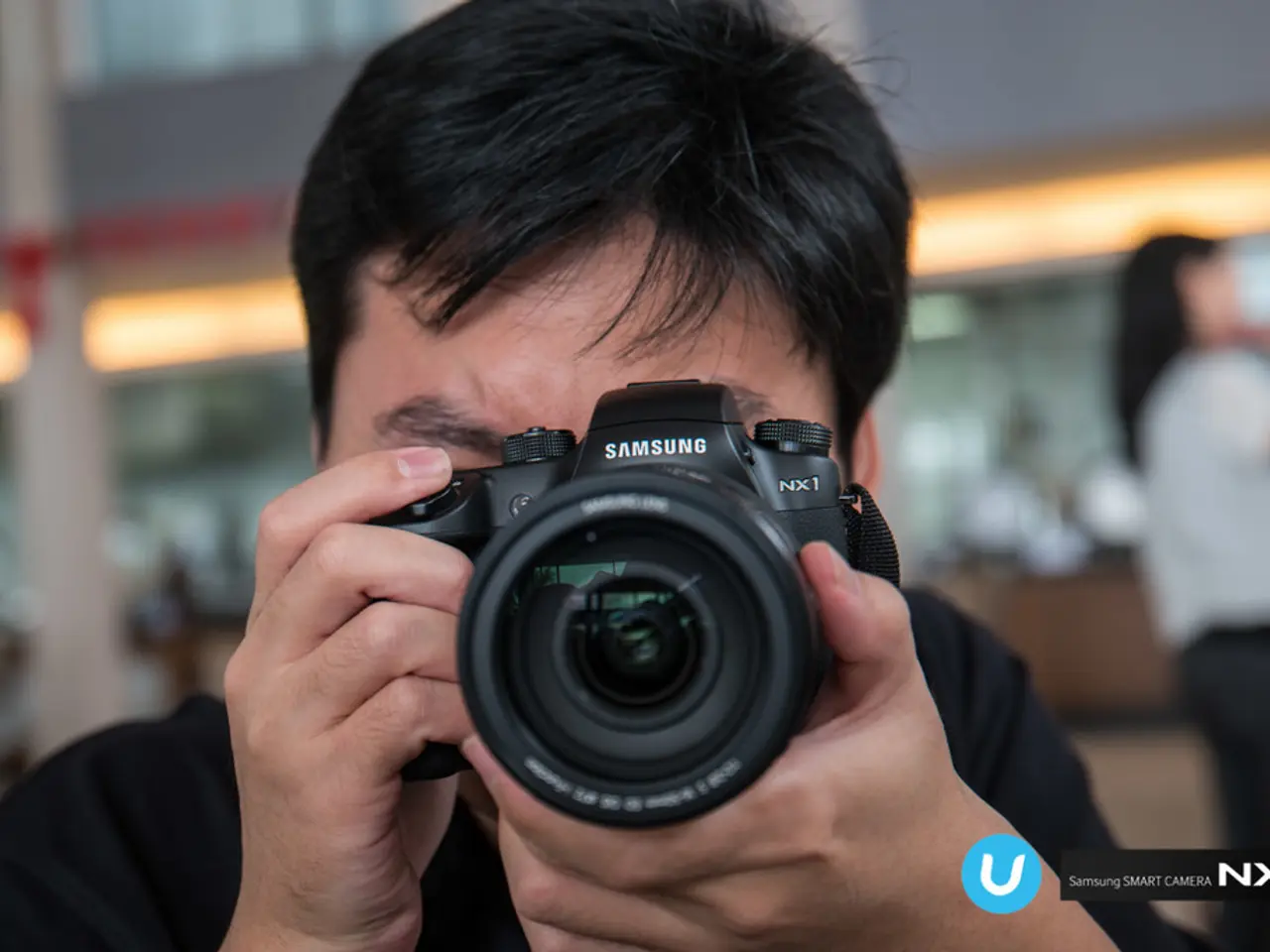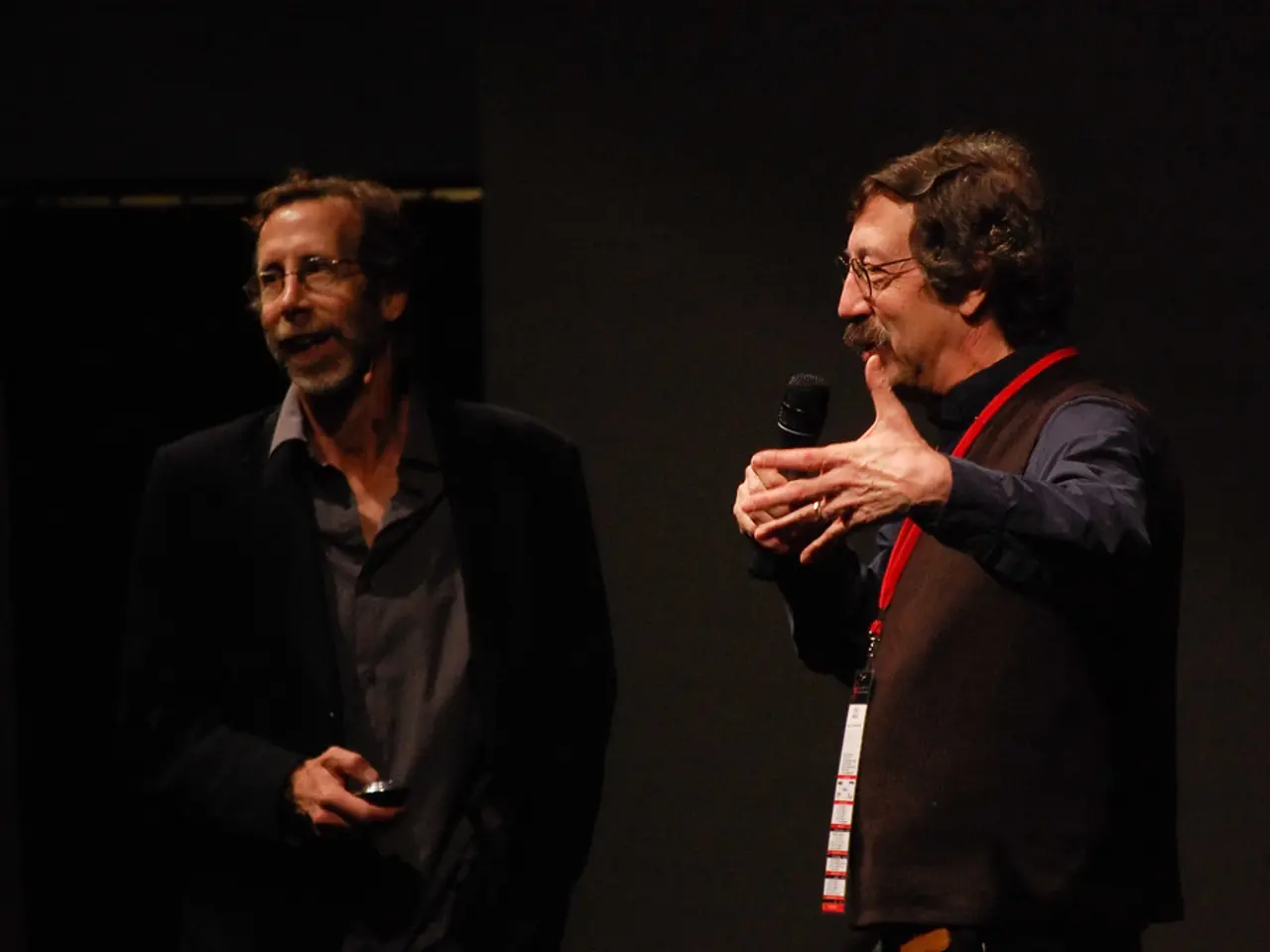Movie Discussion
In the world of cinema, two distinct yet captivating styles have emerged over the years: Guerrilla Filmmaking and 3D Cinema.
Guerrilla Filmmaking, named after the guerrilla warfare analogy, is a unique approach in filmmaking that thrives on minimal budgets, improvised locations, and small crews. This style, often operating outside the bounds of traditional filmmaking protocols, is characterised by a willingness to work quickly and flexibly, sometimes in public spaces, to capture authentic or spontaneous moments.
The key defining feature of Guerrilla Filmmaking is its low budget nature, relying heavily on available resources. With a small crew typically involved, productions can be mobile and flexible. Scripts may be loose or adaptations made on the spot to suit real-world conditions. Filming often takes place in real, sometimes public, environments without formal permission, leading to a sense of authenticity. Scenes are filmed rapidly to avoid being shut down or noticed by authorities or bystanders.
Directors and crew members often perform multiple roles, from acting to camera operation and sound recording. Some productions incorporate real-life reactions or unscripted encounters, blurring the line between fiction and reality. Innovative techniques are often employed to achieve desired effects within limited means.
Examples of Guerrilla Filmmaking in practice include the classic horror film, Night of the Living Dead (1968), which used commercial and industrial filmmaking experience to complete the film with a low budget, leveraging available locations and small crews. Another example is Manhunter (1986), where the crew booked themselves as passengers and filmed discreetly onboard using hand luggage for a scene requiring an airplane.
Guerrilla Filmmaking is valued for its authenticity, innovation, and ability to tell stories that might otherwise be overlooked due to budget constraints or conventional industry barriers.
On the other hand, 3D cinema, what began as an experimental gimmick with simple anaglyph red-and-blue glasses, has evolved into a celebrated form of filmmaking. 3D cinema is not limited to a specific genre or style in cinema, offering a more immersive viewing experience across various film genres.
The evolution of 3D cinema occurred over several decades, with technological innovations and artistic exploration leading to a gradual evolution in the way films are presented. Modern audiences are accustomed to vibrant colour in films, but the evolution was a long process, with colour in film being a separate topic from 3D cinema.
Space opera, a subgenre of science fiction, is celebrated for its grand scope, epic adventures, and often heroic tales set in outer space. Unlike hard science fiction, space opera prioritizes storytelling over scientific accuracy and realism. Space opera movies are a famous and beloved subgenre of science fiction.
Body horror, a subgenre of horror films, focuses on the human body's transformation, mutilation, or invasion. Body horror pushes the limits of physical and psychological discomfort, making it a unique and compelling subgenre.
Subjective cinema is a distinctive approach in filmmaking that immerses viewers in a character's mind. Unlike traditional storytelling, which presents events from a detached perspective, subjective cinema contrasts by offering a more intimate and immersive viewing experience.
Each of these styles - Guerrilla Filmmaking, 3D Cinema, Space Opera, Body Horror, and Subjective Cinema - offers a unique perspective and experience to audiences, contributing to the rich tapestry of cinema today.
Here are two sentences that incorporate the given words and follow from the provided text:
Independent cinema, akin to Guerrilla Filmmaking, often operates with minimal resources and a flexible approach, offering authentic stories that may be overlooked by mainstream studios.
The evolution of 3D cinema has led to a more immersive viewing experience, not just in action-packed movies and space operas, but also in the colorful world of independent films, making entertainment more engaging for audiences today.







